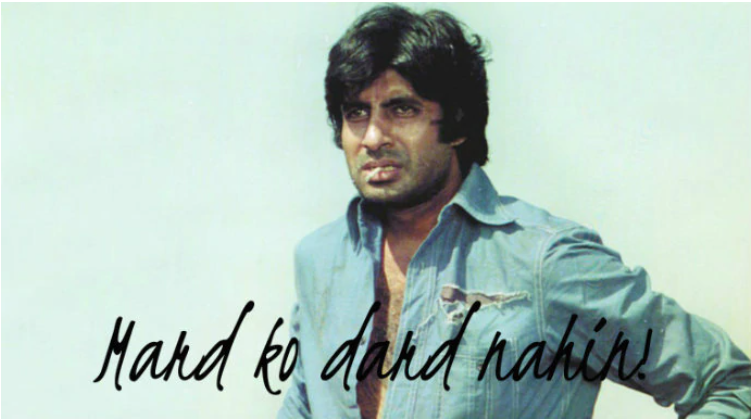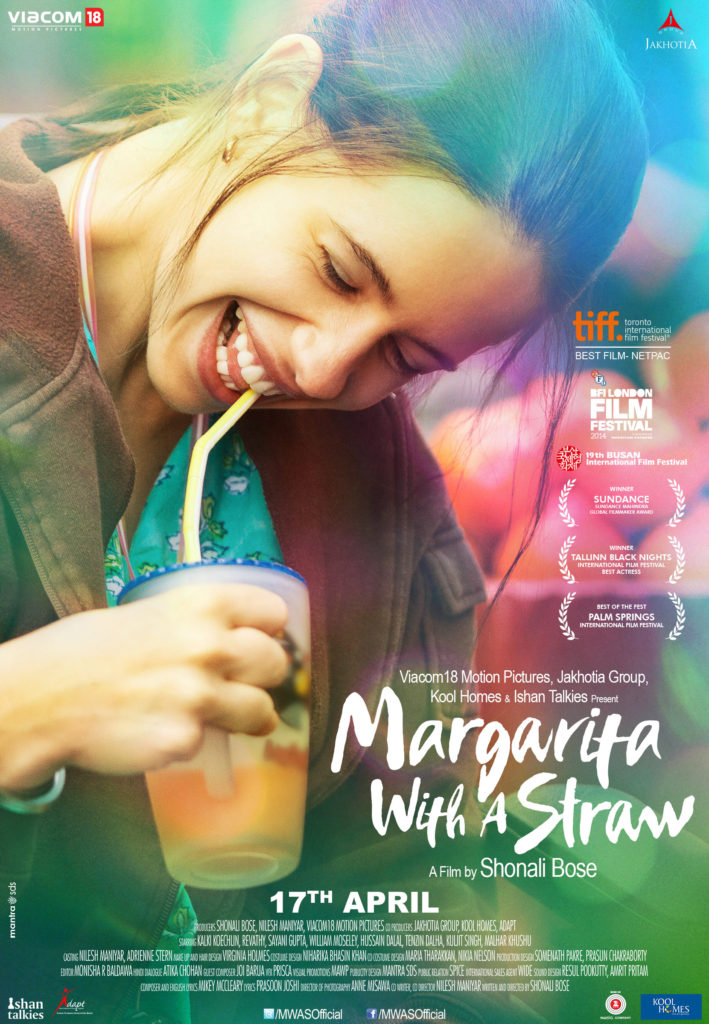
‘Smashing the Patriarchy’ has been a motto of women since quite a few years. But while we have come a long way, we are far from achieving our ideals. We talk about women and their representation in various spheres of our lives, yet nonetheless, what is not given enough limelight is the flip side of the predicament: the representation of men and masculinity.
The portrayal of masculinity in mainstream cinema, namely Bollywood, has been hegemonic, to say the least. It has been such a case wherein the man has been represented as the dominant entity in society. Being physically strong, the saviour for the damsel in distress, the one who does not emote, who holds the narrative together, who fights the bad guys, he is shown as unapologetically promoting sexism and misogyny. We often hear, mard hain toh saamne aa ke dikha apni mardaangi! From the Angry Young Man of Amitabh Bachchan, to Dharmendra, to Sunny Deol, to Govinda, Akshay Kumar, the Khans, this has been the consistent mode of representing masculinity.
Let’s talk about a more relevant instance, Kabir Singh, a film that glorifies toxic masculinity and normalises rape culture. The male protagonist has no clue about consent and can be seen forcefully claiming a “meek” woman as his girlfriend. He is shown as an aggressive and violent man who has an utter disregard for women and their aspirations. This film is harmful because it not only normalises patriarchy but also romanticises mental and physical abuse in relationships.
However, what has to be brought to our attention is that this portrayal also includes the marginalisation of men who do not belong to the aforementioned category i.e. men who emote, cry, are not as strong physically, and cannot fight bad guys. How many macho angry young men do we see around us? In this aspect, Shubh Mangal Saavdhaan presents quite a different perspective on the notion of masculinity. The male protagonist suffers from erectile dysfunction and thus experiences fear, anxiety, and humiliation because his society defines and measures how masculine a person is by his libido. Mard ko dard nahi hota does not apply here. This movie portrays a masculinity that can manifest in reality.
Therefore, mainstream representations have been far from reality. Needless to say, this gets translated in our quotidian lives as well wherein kids emulate these characterisations, the repercussions of which, as we know, are unbounded. Films of this decade have been trying to bring forth the ideal-not-so-machoman-kind-relatable male characters, like that of Ayushman Khurana’s Vicky Donor, R. Madhavan’s Tanu Weds Manu series, Imran Khan’s Jane Tu Ya Jaane Na, Ranbir Kapoor’s Barfi, Vicky Kaushal’s Razi, among many others. We also see a role-reversal approach prominent in films like Ki&Ka with big names of Bollywood consciously trying to dismantle an inherently misogynistic industry.
If this is the representation of men, what about women? Women have definitely developed from being the damsel in distress, from the one who had to be saved to the one taking charge, paving a path on her own. If we compare Radha from Mother India and Shashi from English Vinglish, we might conclude that not much has really changed. Here are two mothers sacrificing their lives, desires, and aspirations for the well-being of their families. However, Radha has been seen as a righteous woman who after many struggles survives against a cunning money lender and raises her sons in the absence of her husband. Shashi, on the other hand, is a woman who has been ignored and scorned by her own family members just because she cannot speak English. When she steps outside the threshold of her house to learn English, she begins to rediscover herself. She begins to understand her self-worth and starts making decisions independently, not restricted anymore by her husband or daughter. Both movies depict women’s empowerment in their own and unique ways.

This does not mean that female characters have ceased to be the eye-candy altogether. They still are the Chikni Chamelis and Afghan Jalebis to our Halkat Jawaani! Even in the recent feminism-driven genre with female protagonists, there are two types of movies: the commercial masala movies, and well, what we’d term as unconventional, off-beat cinema. The likes of Tumhari Sulu, English Vinglish, Queen, Simran, Pink, Kahaani, Mission Mangal, Dirty Picture are on one side, and Parched, Lipstick Under My Burkha, NH10, Deepa Mehta’s Fire and Earth, Angry Indian Goddesses, Margarita With A Straw on the other. The first type adheres to the movies that cater to topics that are relatable and can be appreciated by the mainstream audience. While the second type caters to similar topics, their approach is essentially raw and fervent, far closer to reality. When Dadasaheb Phalke, the pioneer of Indian cinema, exhibited Raja Harishchandra, he would not have expected the experience of the moving picture to be what it is today. Has Bollywood really portrayed women as empowering and empowered beings? Films like Mission Mangal and Chak De India both have stellar female casts. However, to promote and commercialize these movies, male actors like Akshay Kumar and Shahrukh Khan have been utilised. We are not saying that men cannot be feminists or champion the cause of women, as Shahrukh Khan does in the movie Chak De India or as Amitabh Bachchan does in Pink. Shahrukh Khan does not discriminate between the female hockey team and the male hockey team since his ultimate goal is to make India win. However, in Mission Mangal, Akshay Kumar trivialises Vidya Balan’s suggestion with a sexist comment about how women think. This is not a proper representation of women’s empowerment as the male protagonist harbours misogynistic and sexist beliefs and is used only for commercial purposes. Thereby, we can see how different forces are at work here: in the process of changing the intent of a certain propagation, mainstream cinema paradoxically seems to be doing exactly what it is trying to break-free from. However, even if they are a minority, there are certain works that are trying to keep up with the times. Change has begun, and while we are far from achieving it, something is better than nothing.



This is very well researched and written. All the anecdotes clearly bring out the essence of the article. Keep up the amazing work, girls.
You two rock!
I can say with certainty that quintessential bollywood men, the enablers of patriarchy need to change their stance if the societal thread has to be balanced for all genders.
This article captures the essence well and hits the nail on the head! Great read 🙂